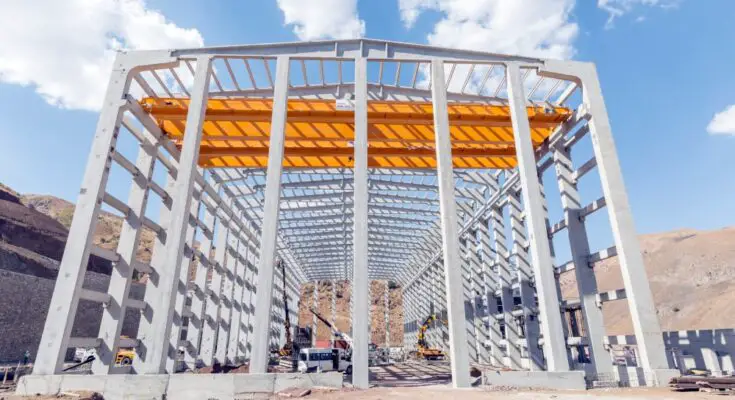Architecture is all about creating visually appealing structures and designing spaces that serve specific functions to meet the needs of those who use them. For professionals in the field, understanding the different types of buildings and their purposes is crucial to their success.
By exploring different types of buildings and their functions, architects can better understand the unique characteristics and significance of these structures in our daily lives.
Residential Homes
Residential buildings are structures where people live. They range from single-family homes to large apartment complexes. These buildings provide shelter, privacy, and personal space for individuals and families. Residential architecture must balance aesthetics with functionality, ensuring comfort and safety. These buildings come in various styles, from traditional to modern, and often include gardens, garages, and multiple rooms.
Commercial Structures
Commercial buildings are designed for business activities. They include offices, retail stores, and other spaces where commerce occurs. These structures must accommodate the needs of businesses and their customers, often requiring flexible layouts and modern amenities. They range from small, single-story structures to towering skyscrapers.
Industrial Sites
Industrial buildings are designed for manufacturing, storage, and distribution. They include factories, warehouses, and distribution centers. These structures must be durable, efficient, and safe to accommodate heavy machinery and large volumes of goods. Designs often prioritize efficiency, safety, and scalability to accommodate changing production needs.
Prefabricated Buildings
Prefabricated buildings, often referred to as prefab buildings, are manufactured in sections at a factory before being shipped to the final location for assembly. This approach offers several advantages, including reduced construction time, lower costs, and increased quality control compared to traditional building methods. However, there are a few key things to consider before buying a prefab building, such as budget concerns and customization options.
Modular Designs
Modular buildings represent an innovative and efficient approach to construction, as they consist of distinct, pre-constructed modules that are assembled on-site to form a complete structure. This method not only accelerates the building process but also enhances sustainability by minimizing waste during construction. Modular designs can be adapted for various uses, including residential homes, office spaces, and educational facilities.
A Vast and Varied Landscape
The world of architecture is vast and varied, reflecting the diverse needs and aspirations of humanity. Each structure serves a unique purpose and contributes to the tapestry of our built environment.
Understanding the different types of buildings and their functions not only enriches our appreciation of architecture but also informs our efforts to create more livable spaces.



